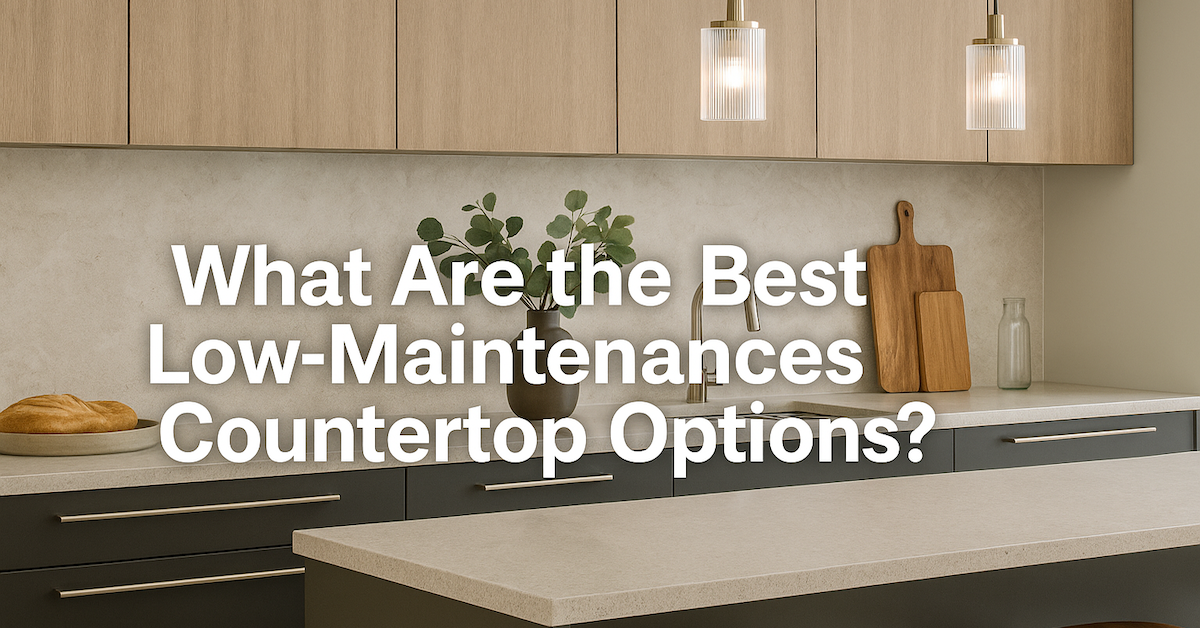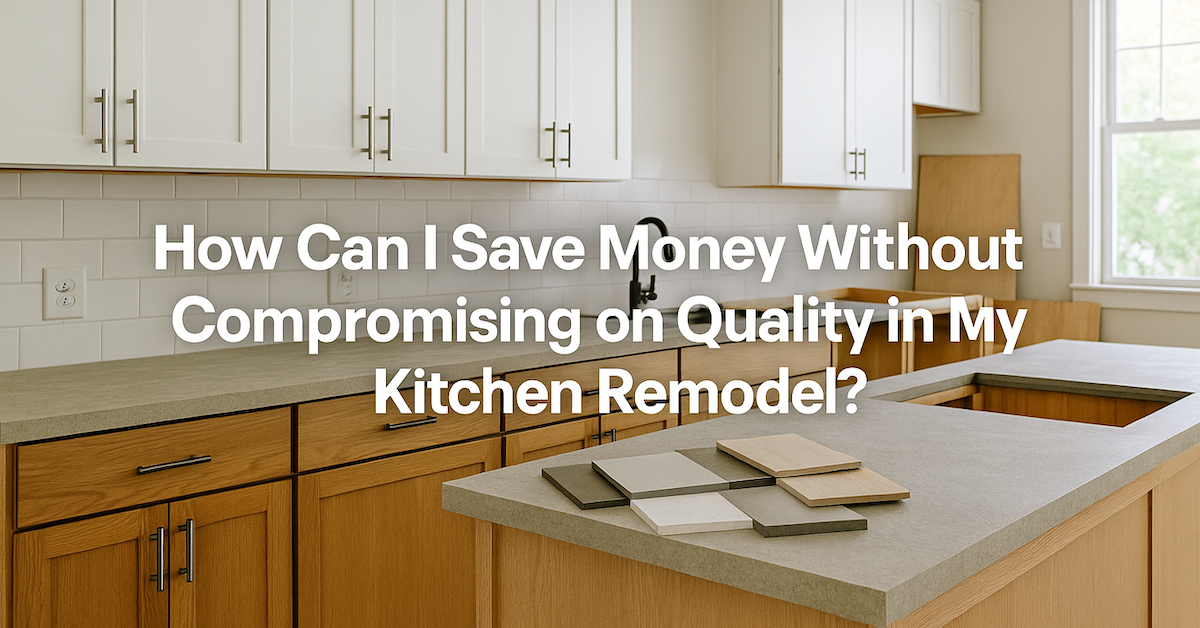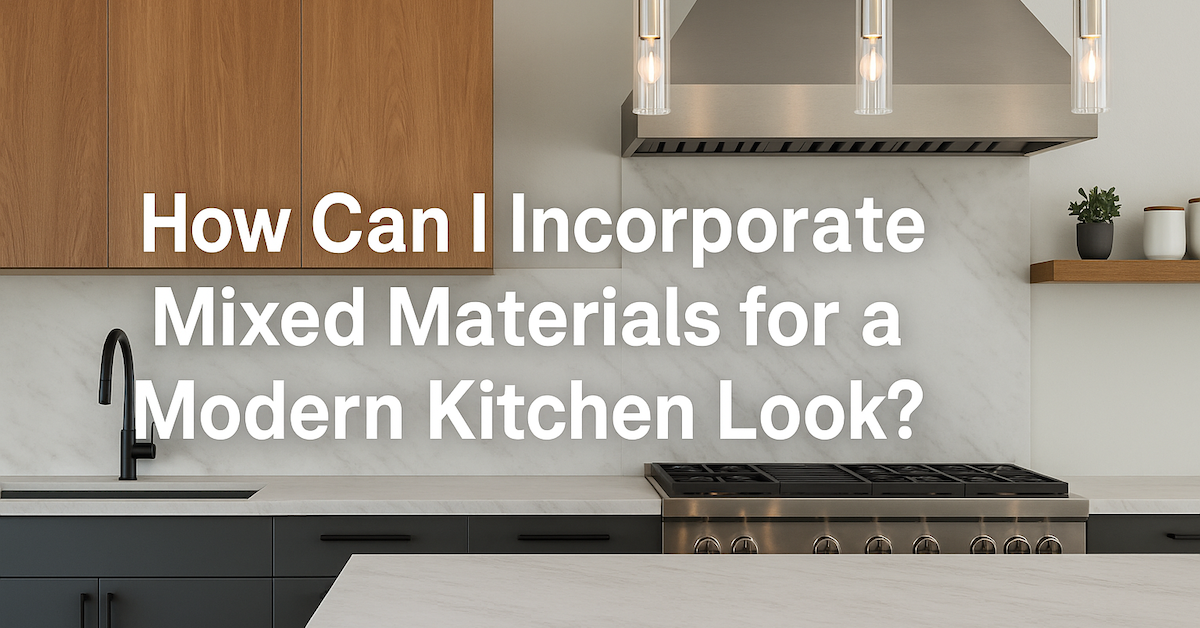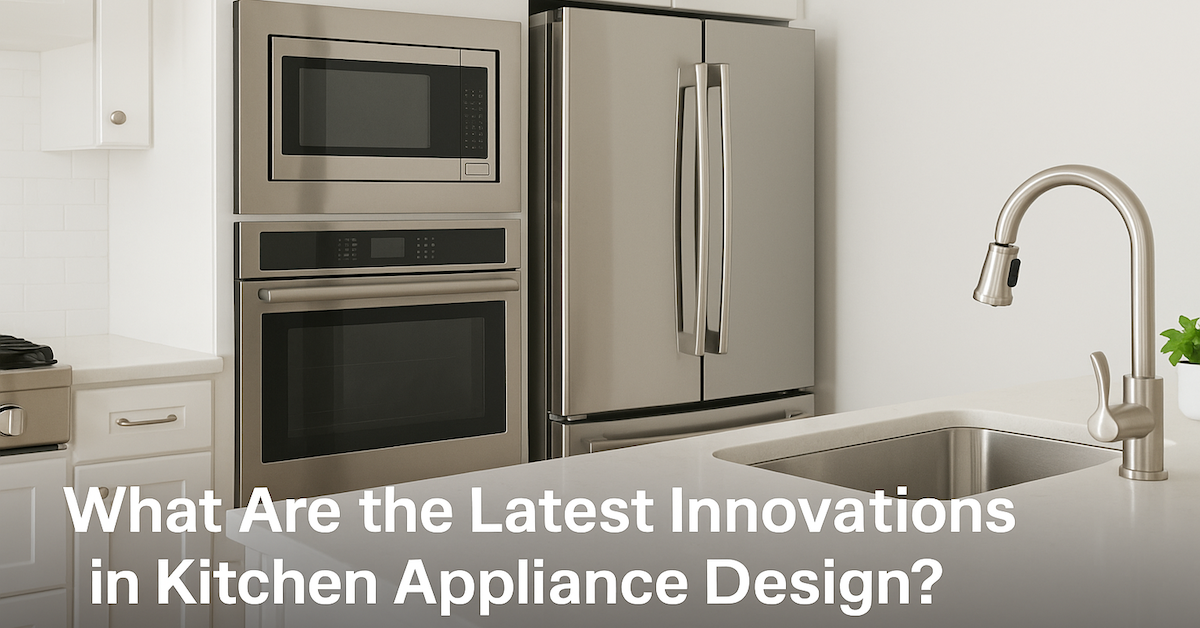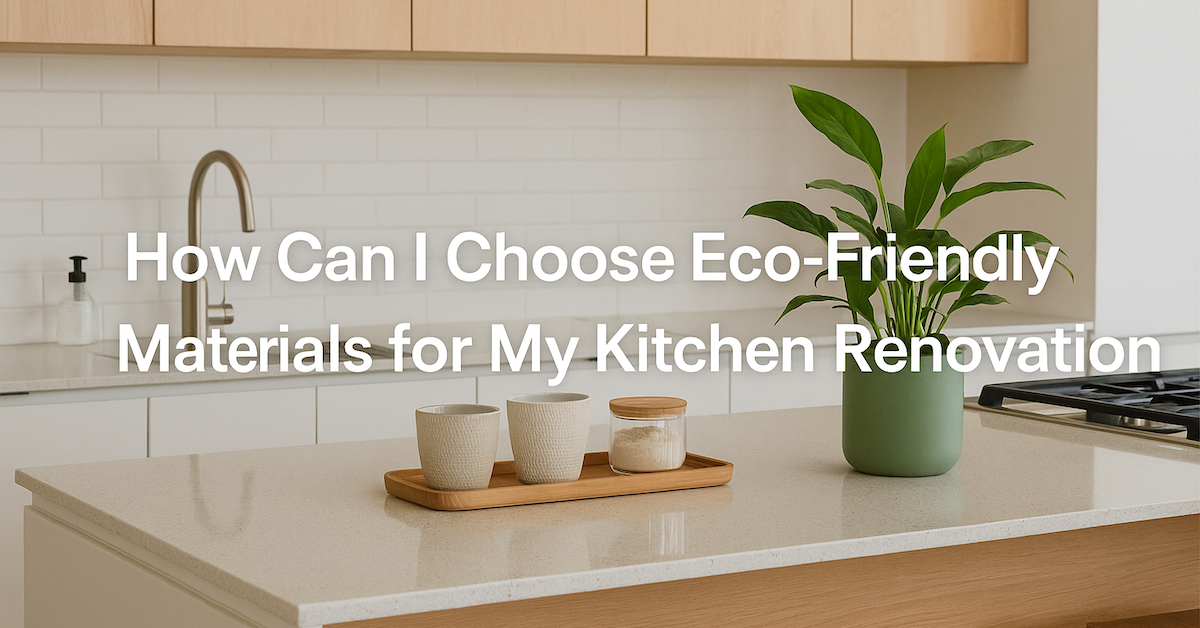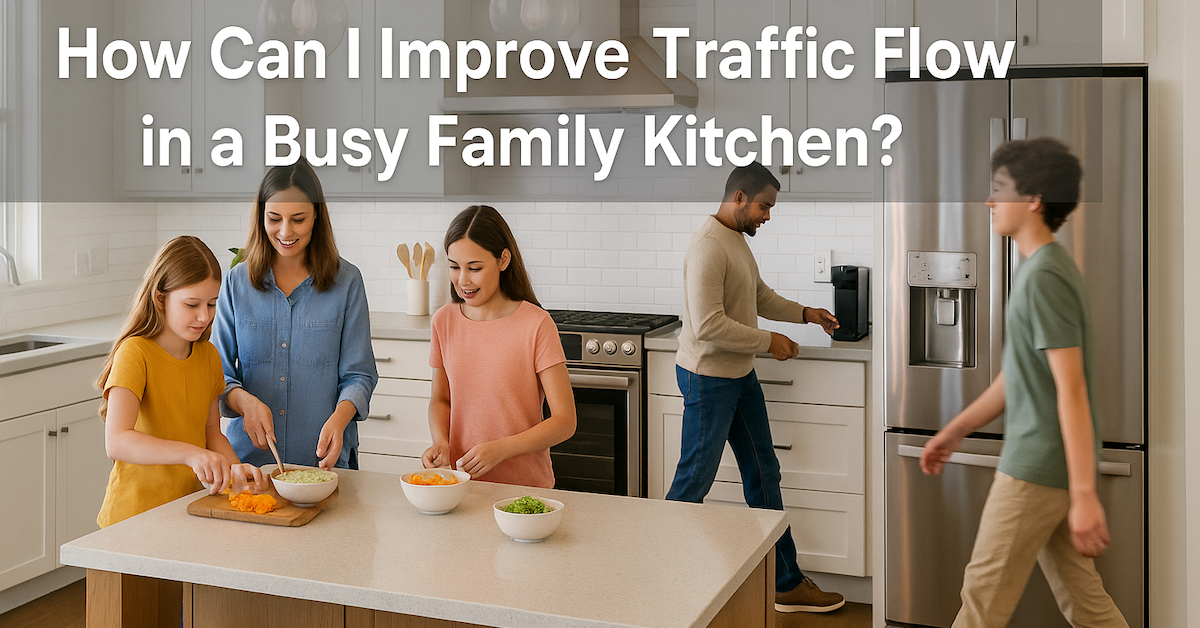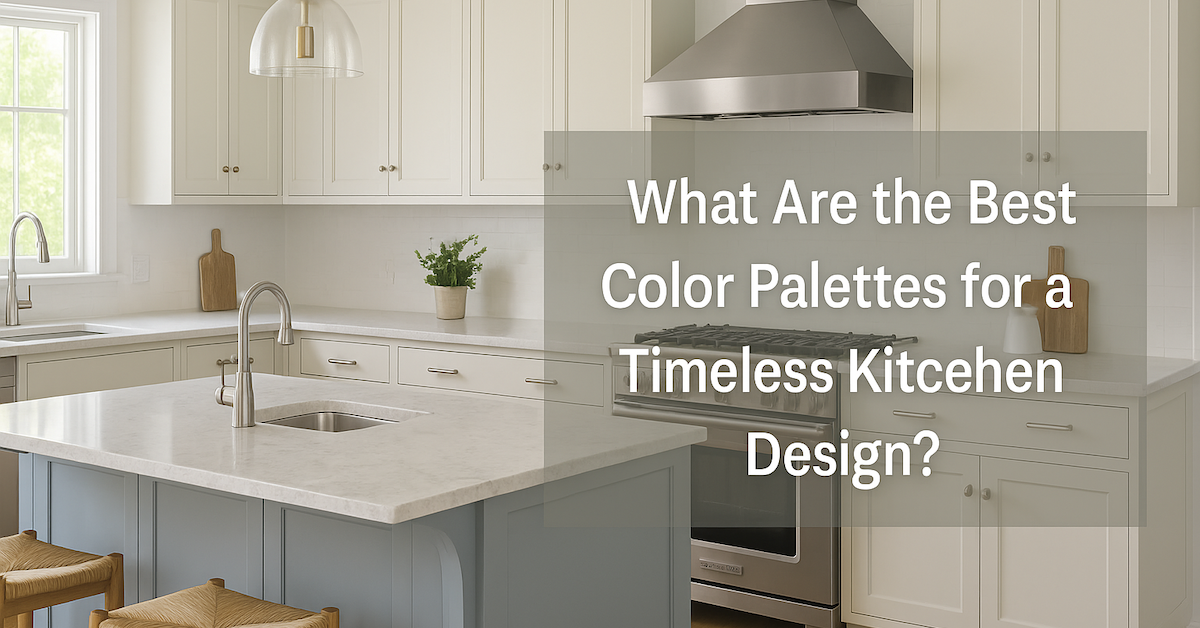Remodeling Blogs

Remodeling your kitchen is one of the most rewarding home improvement projects. It not only enhances the look and functionality of your space but can also boost your property’s value. However, kitchen renovations can be costly, and not everyone has the savings to cover the entire expense upfront. Fortunately, there are several financing options for kitchen remodeling that can make your dream kitchen achievable without putting a strain on your finances. This guide breaks down the most common financing solutions, their pros and cons, and how to choose the right one for your budget and needs.

